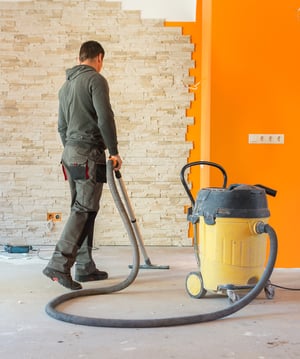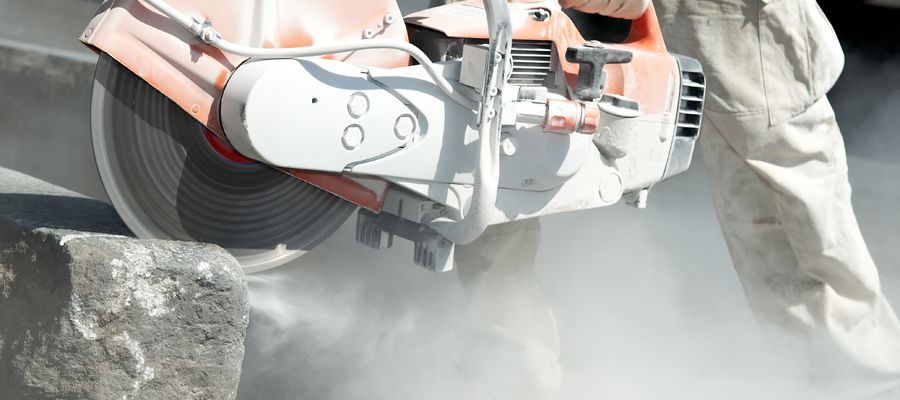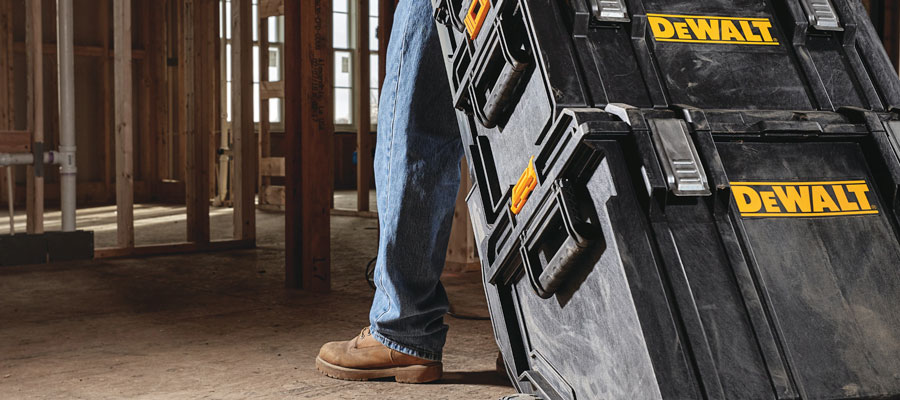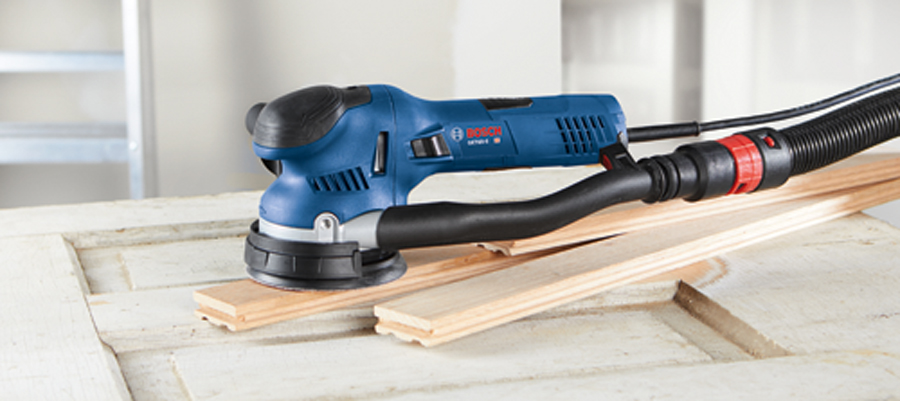A lot of our customers have expressed concern about the new crystalline silica regulations that OSHA is putting into effect. What exactly is required and how can contractors meet the new regulations while remaining profitable? In this post, we'll discuss the new regulations and some of the solutions that DeWalt has developed to meet this new requirement, whether it's in the shop or on the job site.

Why the New Regulations?
The dust that forms when stone, masonry, concrete and ceramic materials are worked contains a crystalline form of silica. Over the years, this substance has been proven to be a health danger, especially during construction when large amounts of the material may become airborne. When the dust is brought into your workers' lungs by breathing, it can cause lung cancer, silicosis, COPD, kidney disease and several other serious health threats. Though OSHA has had exposure limits in place since its founding, increasing numbers of workers who have suffered silica-related health issues has also increased, requiring a revision to the regulations.
The new standard is estimated to save about 600 lives every year while preventing upward of 900 cases of silicosis per year. This standard was developed beginning in 2013, with the new limits going into effect in June 2016. Construction employers have a year to come into compliance with the majority of the new requirements.
A Quick Review of the New Silica Dust Regulations
1. So what exactly do the new regulations mean to your business? Here's a quick rundown:
2. The 8-hour average allowable limit for airborne silica is 50 micrograms per cubic meter of air.
3. Employers are required to provide engineering controls and/or respirators when exceeding that limit.
4. Worker exposure to areas with high silica levels must be limited.
5. Employers must develop a written plan for exposure control.
6. Certain workers must have periodic medical exams.
7. All workers must be trained on risks of airborne silica and exposure avoidance.
8. Workers exposed to high silica levels must have regular medical monitoring and receive lung health information.
Though this sounds like a great deal of responsibility and expense for the average business owner, there is flexibility written into the regulations. This allows small companies to comply with new requirements without the burden of large expenses.

DeWalt's Solutions to OSHA's New Regulations
As a leader in the industry, DeWalt has developed a range of solutions to shop and work site dust problems. Here's a quick review of those that may work well for your situation:
Blowers:
One option is to remove excess dust by using blowers to push the dust away from the job site. DeWalt has a number of cordless blowers in their 20V Max tool line to achieve this, depending on how much dust you need to move.
Vacuums:
Vacuums are another option to consider and have the benefit of removing the dust from the environment rather than simply moving it around. Available in both corded and cordless models, DeWalt's options include small cordless vacuums that allow you to take care of small amounts of dust to large canister wet/dry vacuums that include HEPA filtration to provide an additional level of protection for your crew.
Though the new silica regulations are going to require additional attention to worker safety and PPE, DeWalt's solutions can help make the process easier. If you need help finding the right silica dust control solution for your business, we're here to help. Please feel free to contact Star Sales' experienced professionals today for more information, place an order or schedule a delivery.







